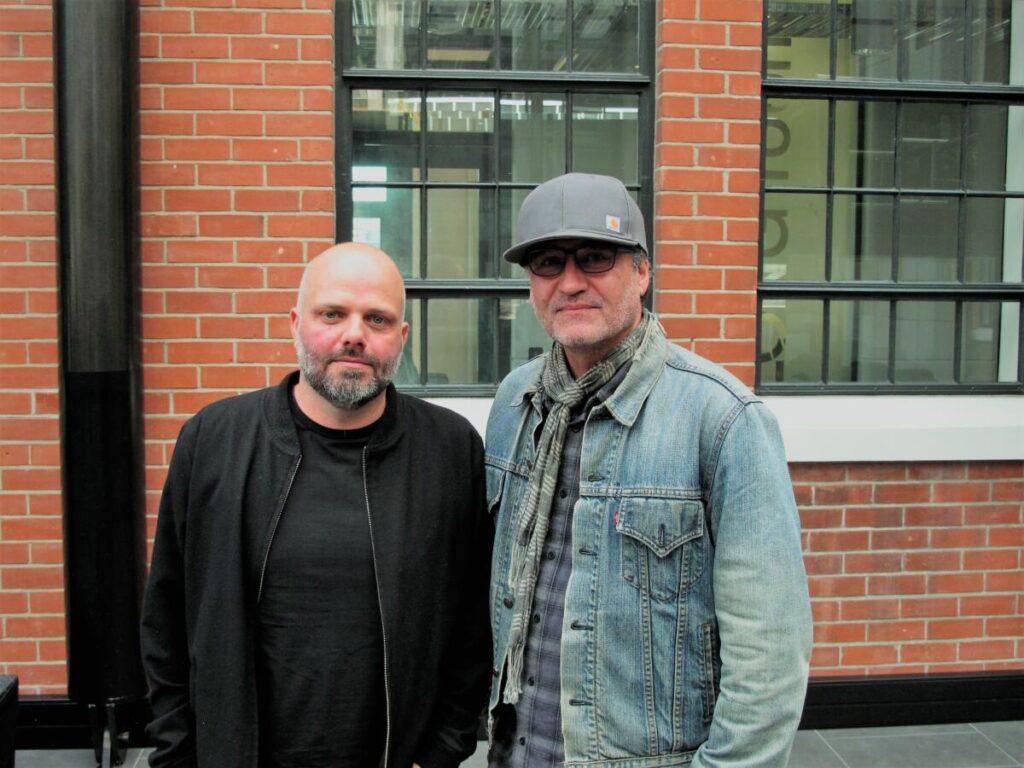Shane Cotton and Anthony Byrt: Art and ancestry in Te Tai Tokerau
Esteemed contemporary artist Shane Cotton and award-winning author and journalist, Anthony Byrt were in Hamilton last week as part of the 2023 Ramp Festival.
By Benji Allen – Wintec – Te Pūkenga journalism student

Hosted by Wintec’s School of Media Arts, the audience witnessed a compelling discussion between the men, focusing on Te Tai Tokerau Northland as a place of rich history with deep ties to Cotton’s art.
Over the course of an hour, they discussed the influence of whakapapa, a book collaboration and opportunities for a new generation of Māori artists.
Cotton let slip that the 2024 contemporary art scene for young Māori artists has some big things coming “though I can’t say much,” he beamed.
He said it’s a sentiment many Aotearoa artists share at the moment, that more opportunities are arising for Māori artists on the world stage.
“It gives me hope; maybe I will make it to Venice Biennale one day too,”
Cotton and Byrt, are collaborating on a book that focuses on Cotton’s experiences and art, connecting to his ever-growing relationship with Te Tai Tokerau, his new hometown Kororāreka (Russell), and his Iwi, Ngāpuhi.
In regards to his art, Cotton said he became tired of his art after the famous ‘Hanging Sky’ series, which featured Te Waiwhariki in a recurrent high-impact blue and now “I’m looking closer than I ever have before.”
“I’m really interested in where the sky and sea meet; that’s where the magic happens.”
Cotton admitted he was more proactive in planning and organising his works when he was younger but has taken a more relaxed approach since moving to Kororāreka from Palmerston North. “There are a few more distractions going on there, like good fishing,” he said with a wry grin.
“These days I want the work to tell me how to get there,” Cotton said.
Byrt also acknowledged a recent discovery in his own ancestry that connects him to Te Tai Tokerau, which he feels gives him the agency to share Cotton’s story in a way that shows the importance of people, place, and art.
Byrt is encouraged that “Art by indigenous people is more widely understood than it ever has been.”
To complete this book, along with two other projects, Byrt accepted Waikato University’s writer-in-residence offer, giving him access to academic resources and a home base close enough to Cotton.
The pair admitted the real work has only just begun, but through their shared connections and interests, it’s clear the book may yet be another award-winning piece that showcases the work of two excellent and ‘top of their league’ craftsmen.




